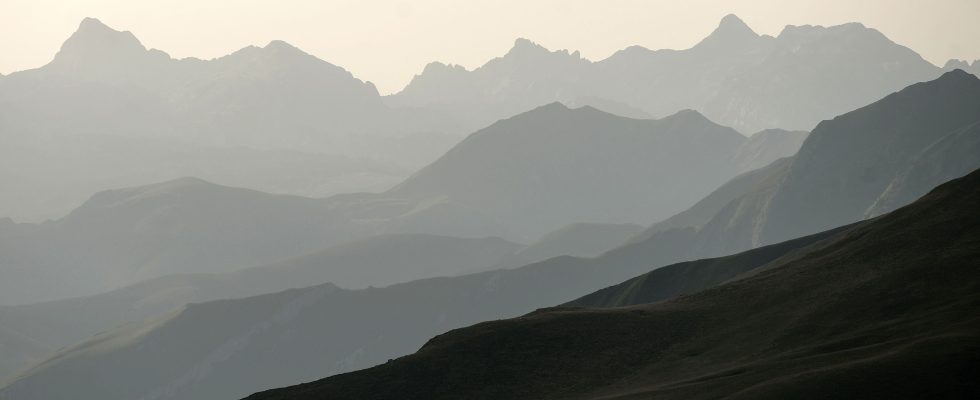This is the first permit authorizing research for natural hydrogen in French subsoil. This carbon-free primary energy source, which is attracting interest around the world as an alternative to fossil fuels, could be exploited in a few years in the Pyrénées-Atlantiques. Announced this Sunday, December 3 in the Official Journal, this “exclusive permit for research into native hydrogen mines, helium and related substances known as Sauve Terre H2” was granted to the company TBH2 Aquitaine for five years over an area of approximately 225 kilometers. squares. Five other requests are also pending. “It’s a great day, we are very happy with this adventure that is starting,” Vincent Bordmann, founder of the Pau-based company, responded to AFP.
This energy vector, also called “white” hydrogen, has the advantage of not emitting CO2, one of the greenhouse gases responsible for climate change, unlike so-called “gray” hydrogen, produced from ‘fossil fuels. As for so-called “green” industrial hydrogen, made from renewable electricity, its production is very expensive. According to the founder of the company responsible for exploitation, the granting of this permit triggers exploration work, starting with seismic studies. Drilling will only take place in two or three years, after new authorizations.
Several projects planned in France
The other files under investigation by the government are located in the center of the country, in Lorraine and in Jura. Another request for a research permit in the Pyrénées-Atlantiques was submitted in March by the start-up 45-8 Energy, based in Metz, and Storengy, a subsidiary of Engie, for an area of 266 km² adjoining ten kilometers of the one that TBH2 Aquitaine will explore. Preliminary field studies had confirmed the potential of the sector. “Near the Pyrenees, hydrogen comes from the water/rock interaction” in the subsoil, explains to AFP Isabelle Moretti, researcher at the University of Pau and Pays de l’Adour.
We also find them on the Spanish side, where the Helios Aragón company wants to exploit a well drilled fifty years ago. “At the time, no one was interested,” emphasizes the scientist. The Spanish company is counting on a reserve of 1.1 million tonnes of natural hydrogen, which could be produced at a price of around one euro per kilo. “Is half as expensive” as the most affordable hydrogen currently “which is not decarbonized”, underlines Isabelle Moretti.
Only one production site in the world
The certainty of the existence of hydrogen under our feet was not certain even ten years ago, notes Yannick Peysson, program manager at IFP Energies nouvelles. “Things are accelerating, that’s absolutely clear,” says geochemist Alain Prinzhofer, a specialist in natural hydrogen. Around the world, drilling has started in Australia and the United States, but only one site currently produces natural hydrogen, in Mali.
“It’s a discovery that changed a lot of things,” adds Alain Prinzhofer, who knows this deposit located 100 meters deep in Bourakébougou well. “We have observed that the pressure remains constant there, or even increases”, which implies a renewal of flows “on a human time scale”. According to him, the shift has taken place in the sector. After the pioneering research on “small companies that accept risk”, “the big oil companies and the big energy majors are now in ambush and monitoring the evolution” of the sector.
Evolution of legislation
In April 2022, the French Mining Code was amended on numerous points, including the addition of natural hydrogen to the list of mining resources. But legislation in this area is far from uniform. “It’s an abundant field and in many countries, there is no clear road map,” notes Yannick Peysson, who remains “moderate on the potential” of the resource and especially calls for investment in research.
Isabelle Moretti agrees: “Many French researchers are working on natural hydrogen but our lead is being reduced because certain governments are investing a lot of money” in the emerging sector.
